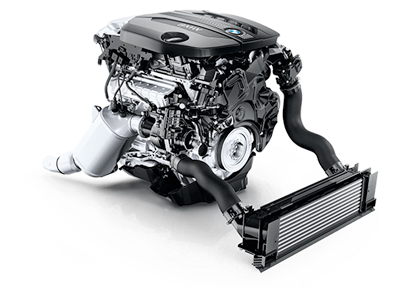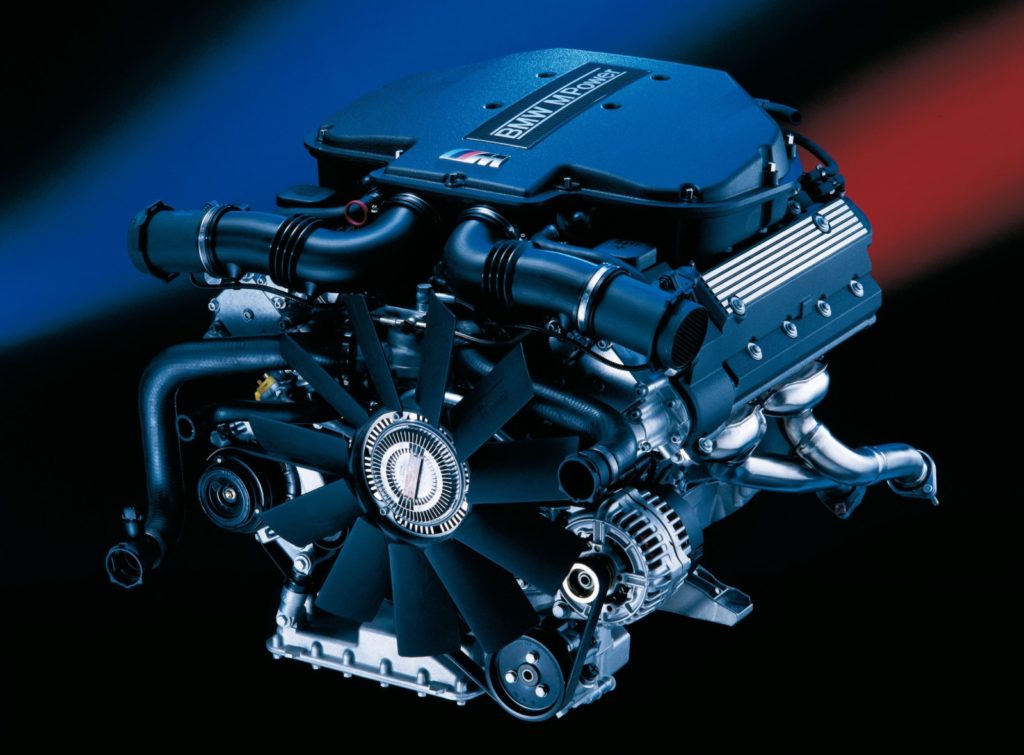Checking Out the Efficiency Enhancements of the Latest BMW Engine Versions
Checking Out the Efficiency Enhancements of the Latest BMW Engine Versions
Blog Article
Checking Out the Development of Burning Engines in Modern Transportation Systems
As we navigate the landscape of modern transport, the development of combustion engines stands as a testimony to human ingenuity and engineering expertise. The interplay of background, innovation, and environmental problems in forming the trajectory of combustion engines develops a narrative that is both insightful and engaging.
Early Beginnings of Combustion Engines
Exactly how did the concept of combustion engines first arise in the early phases of transportation development? The origins of burning engines can be mapped back to the 17th century when the principles of interior combustion were initial explored. In 1673, Christian Huygens conceptualized a basic inner combustion engine that made use of gunpowder to generate power. Nonetheless, it wasn't till the late 19th century that functional applications of burning engines in transportation started to emerge.
The innovation moment included the invention of the very first effective gasoline-powered engine by Karl Benz in 1885 - bmw engine. This engine led the way for the development of the contemporary auto, transforming transport systems worldwide. Succeeding developments by Nikolaus Otto and Gottlieb Daimler additionally improved combustion engine innovation, leading to the mass manufacturing of autos and the rapid expansion of the transportation market
These early combustion engines were characterized by their simpleness and efficiency, laying the foundation for the facility and effective engines used in modern-day transport systems. The development of burning engines has actually been important fit the means we take a trip and transfer products, noting a considerable landmark in the background of transportation development.
Transition to Internal Burning Innovation
The shift to internal burning modern technology marked a crucial shift in the development of transport systems. This shift began in the late 19th century, with developers like Nikolaus Otto and Gottlieb Daimler creating the very first successful inner burning engines. These engines transformed transport by providing a more effective and powerful choice to vapor engines and electrical motors.
One of the key benefits of internal burning engines was their capability to be scaled down to fit right into cars, leading to the growth of motorcycles and autos. This shift from cumbersome, stationary engines to portable, mobile ones led the way for the contemporary transport systems we see today.
The shift to internal burning technology additionally spurred innovations in fuel modern technology, resulting in the growth of gas and diesel as key gas resources for vehicles. This change not only made transportation extra obtainable to the masses but likewise laid the foundation for the oil and gas market to come to be essential to international economies.
Effect of Combustion Engines on Transportation
The adoption of burning engines in transport systems catalyzed a profound change in the efficiency and speed of worldwide flexibility. Burning engines transformed transport by providing a trusted and versatile resource of power for various vehicles, including autos, planes, ships, and vehicles. This innovation substantially enhanced the capacity for people and products to relocate over cross countries in shorter amount of time, resulting in raised connectivity between regions and nations.
Furthermore, the widespread use combustion engines has actually had a substantial effect on financial growth. The capacity to move items successfully has actually stimulated trade and commerce, allowing companies to expand their markets and reach customers worldwide. This has actually promoted financial growth and globalization, as products can now be transferred faster and in larger amounts than ever.
Nonetheless, the ecological effect of combustion engines can not be overlooked. The burning of fossil gas has resulted click here for more in air pollution and greenhouse gas exhausts, adding to environment change and positioning wellness dangers to populations. bmw engine. As an outcome, there is a growing focus on establishing different propulsion modern technologies to mitigate these unfavorable effects and develop an extra sustainable future for transport
Technologies in Burning Engine Design
Various innovations in burning engine design have actually driven the development of transport systems over the decades. One notable technology is the advancement of turbocharged engines, which make use of exhaust gases to drive a wind turbine that compresses inbound air, enabling for even more fuel to be burned, leading to raised power outcome without a substantial boost in engine size. In addition, direct shot technology has actually improved fuel performance and performance by exactly regulating the amount and timing of gas infused into the burning chamber. Variable valve timing systems have additionally transformed engine style by maximizing airflow at various engine rates, enhancing both power and effectiveness. One more significant improvement is the assimilation of lightweight materials such as carbon fiber and light weight aluminum alloys, reducing general engine weight and improving automobile gas economy. Furthermore, improvements in computer-aided layout have allowed designers to optimize engine efficiency and performance through simulations before physical prototypes are built, saving time and sources in the development process. These developments jointly add to the continuous improvement of combustion engines in contemporary transportation systems.
Future Patterns in Combustion Engine Growth
With modern technology improvements driving constant development, the future of burning engine advancement is poised to revolutionize transport systems internationally. One of the key fads in combustion engine development is the press in the direction of greater efficiency and minimized discharges. Producers are spending heavily in research here are the findings and growth to improve engine performance while fulfilling rigid environmental guidelines. This includes the assimilation of sophisticated gas injection systems, improved turbocharging approaches, and making use of light-weight products to optimize gas usage and decrease carbon exhausts.
One more popular trend is the fostering of hybrid modern technologies in combustion engines. Hybrid engines incorporate traditional combustion innovation with electrical power, offering enhanced fuel performance and reduced emissions. As the vehicle sector changes in the direction of electrification, hybrid combustion engines are seen as a transitional option that links the void between traditional automobiles and totally electrical ones.
Moreover, the integration of wise innovations, such as fabricated knowledge and information analytics, is anticipated to play a significant role in the future of combustion engine development. These technologies can enhance engine efficiency in real-time, leading to more efficient combustion processes and enhanced overall vehicle performance. Accepting these future patterns will not only drive development in combustion engine development but also add to a more lasting and eco pleasant transportation environment.

Conclusion
To conclude, the development of combustion engines in contemporary transport systems has actually been noted by substantial advancements in technology and design. From the early beginnings of burning engines to the change to inner burning modern technology, these engines have actually had an extensive influence on transport. Advancements in combustion engine style continue to drive progress in this field, with future fads concentrating on more enhancing effectiveness and decreasing emissions. The future of combustion engines in transport looks encouraging as research study and advancement efforts proceed to press boundaries.
The origins of combustion engines can be mapped back to the 17th century when the principles of interior combustion were very first discovered. These engines transformed transport by supplying an extra powerful and reliable alternative to heavy steam engines and electric motors.

Report this page